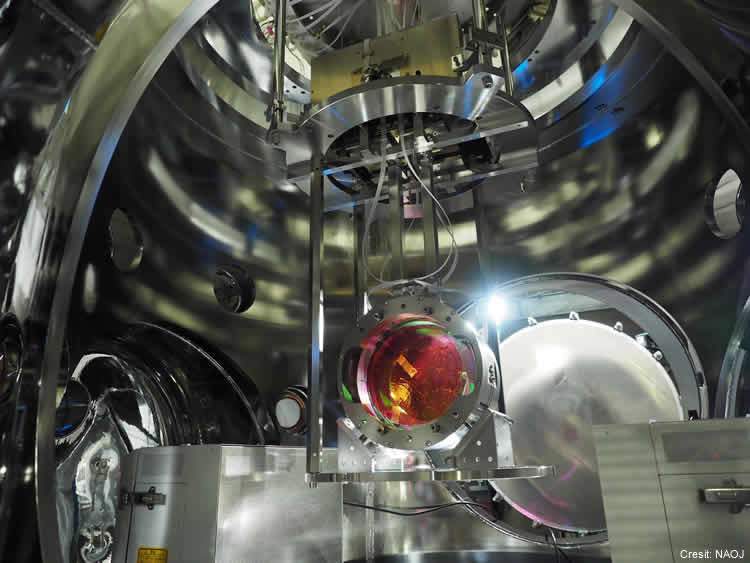About Gravitational Wave Science Project
Gravitational waves are ripples in space-time, predicted by Albert Einstein in 1916 and directly detected for the first time by the American gravitational wave observatory LIGO in 2015—nearly 100 years later.
Gravitational waves represent a new observational tool alongside light (electromagnetic waves), cosmic rays, and neutrinos. Together, they allow us to explore previously invisible aspects of the universe, such as black hole mergers.
The Gravitational Wave Science Project (GWSP) at the National Astronomical Observatory of Japan (NAOJ) is carrying out the following research and development activities to advance the emerging field of gravitational wave astronomy:
- Large-scale Cryogenic Gravitational Wave Telescope, KAGRA: A large-scale laser interferometer with 3-kilometer baselines, constructed in an underground tunnel in Kamioka, Gifu Prefecture. It is developed and operated in collaboration with the University of Tokyo, KEK (High Energy Accelerator Research Organization), and many other institutions.
- TAMA300: A 300-meter-baseline laser interferometer located at the Mitaka Campus of NAOJ. It serves as a testbed for foundational research related to KAGRA and future interferometer technologies.
- Research and development for future missions: This includes projects such as the Next-Generation Space Telescope and the Next-Generation Ground-Based Gravitational Wave Telescope.
Photo of KAGRA and Illustration of the gravitational waves


